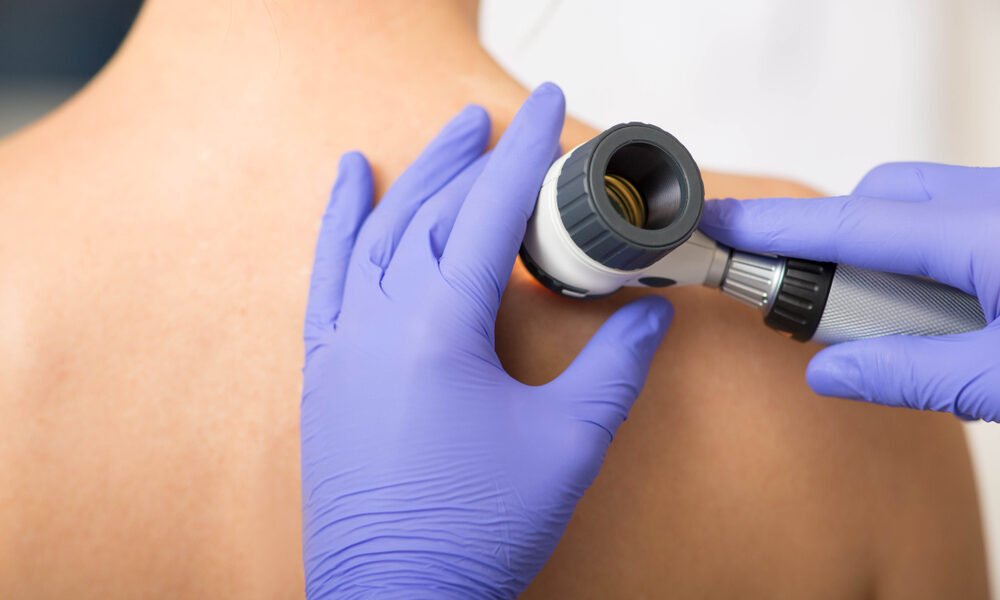Melanoma, a dangerous type of skin cancer, continues to be a growing concern. Treatment often requires a team of specialists, including a dermatologist and a plastic surgeon. In particular, our focus today is on dermatologists and their crucial role in melanoma treatment. A dermatologist works similarly to a plastic surgeon Mt Kisco, but in treating melanoma, their role expands to include early detection, diagnosis, and coordinating treatment plans. It’s this multi-faceted role that we’ll unpack in this blog.
Early Detection
A dermatologist’s first role is early detection. Like a gardener spotting the first signs of pests, a dermatologist scans for early signs of skin cancer. This can make a life-saving difference. The sooner melanoma is caught, the higher the survival rates.
To give a perspective, the five-year survival rate for melanoma detected early is about 99%. This drops to 65% when it reaches the lymph nodes. It plummets to 25% when it metastasizes to distant organs. The role of dermatologists in early detection is clear. It’s critical.
Diagnosis and Referral
The next step is diagnosis. Like a detective, a dermatologist scrutinizes the suspect spots. They take samples, known as biopsies. They then interpret the results. If it’s melanoma, they determine the stage and extent of the disease. They are also responsible for referring patients to other specialists. These can include oncologists, surgeons, and plastic surgeons.
Coordinating Treatment
Finally, the dermatologist coordinates the treatment. They are like the conductor of an orchestra. They ensure all the specialists work in harmony. They keep track of the whole treatment plan. They oversee the care of the patient from start to finish.

Comparison with Plastic Surgeons
Now, let’s compare a dermatologist’s role with a plastic surgeon. The table below shows the key roles of each in melanoma treatment:
| Dermatologist | Plastic Surgeon |
| Early detection | Reconstruction after surgery |
| Biopsy and diagnosis | Improving appearance of scars |
| Coordinating treatment | Facilitating healing |
In conclusion, a dermatologist plays a critical role in melanoma treatment. They are the first line of defense. They detect, diagnose, and coordinate the entire treatment. They ensure the best possible outcome for the patient. Let’s not underestimate this role. It’s a matter of life and death.





